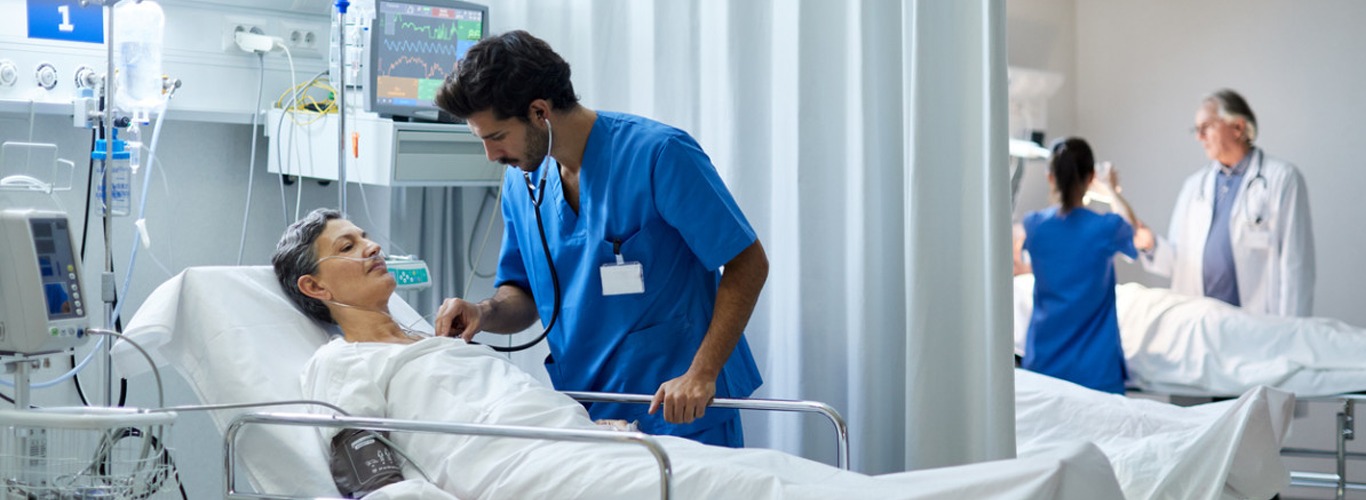Quality and Safety Measures in Critical Care - Ensuring the Best Patient Care
Posted on 02/06/2025

In the world of healthcare, where every second can be crucial, the critical care unit is like a guiding light for those in need. It's a special place where devoted healthcare heroes work around the clock to give their very best care to patients who are at their most fragile. "Critical care" isn't just a fancy term; it means a promise to provide the absolute best care, focusing on quality and safety.
The Core of Critical Care: Ensuring Quality and safety
1. Technology and Innovation
In the realm of critical care, technology plays a pivotal role. Cutting-edge equipment and medical advancements have transformed the way patients are monitored and treated. From advanced ventilators to real-time monitoring systems, these technologies enhance the precision of care delivery.
2. Standardization of Protocols
Quality assurance in critical care is anchored in the standardization of protocols and procedures. These established guidelines ensure that every patient receives consistent, top-tier care, regardless of who is providing it.
3. Continuous Monitoring
Monitoring patients round the clock is an absolute necessity. Through constant observation, healthcare providers can promptly detect changes in a patient's condition, facilitating early intervention and reducing risks
4. Medication Management
The administration of medications in critical care is an intricate process. Each dose must be precise and meticulously documented to prevent errors. Proper labeling, double-checks, and verification protocols are critical
5. Infection Control
Critical care units are hotspots for infections, making stringent infection control measures vital. Strict hygiene practices, proper handwashing, and isolation procedures are pivotal in safeguarding patients.
6. Team Collaboration
Effective teamwork is at the heart of patient safety in critical care. Healthcare professionals must communicate seamlessly and collaborate efficiently to prevent errors and deliver optimal care.
7. Adaptation to Change
Critical care is a dynamic field, and adaptability is key. The healthcare landscape is constantly evolving, and providers must stay updated to continue offering the best care.
8. Training and Education
Discuss the importance of continuous training and education for critical care staff to stay updated with the latest medical practices and technologies
9. Quality Metrics
Introduce key performance metrics used in critical care to measure the quality and safety of care, such as mortality rates, infection rates, and patient satisfaction scores.
10. Root Cause Analysis
Explain the process of conducting root cause analysis to identify and address the underlying causes of medical errors or adverse events.
Quality and safety measures in critical care are the pillars upon which lives are saved, and patient outcomes are improved. By focusing on cutting-edge technology, standardized protocols, and unwavering safety measures, healthcare professionals can provide the best care possible. Moreover, by involving patients, addressing post-traumatic stress, and adapting to change, they can ensure not only physical recovery but also emotional well-being. In critical care, excellence is not just a goal, but a promise upheld by dedicated professionals who stand as the guardians of life itself.

